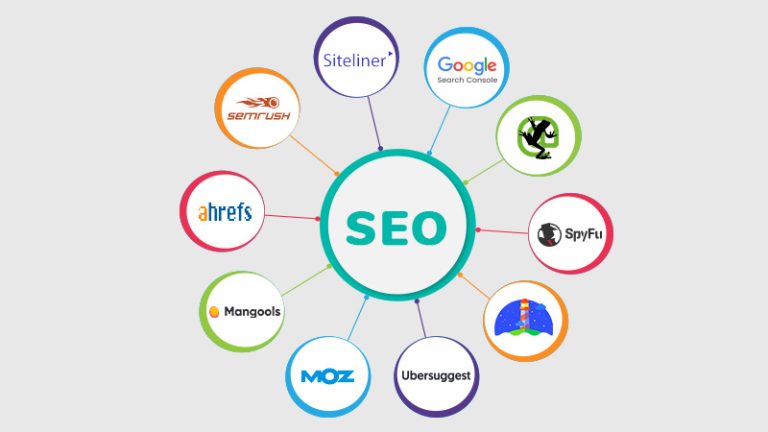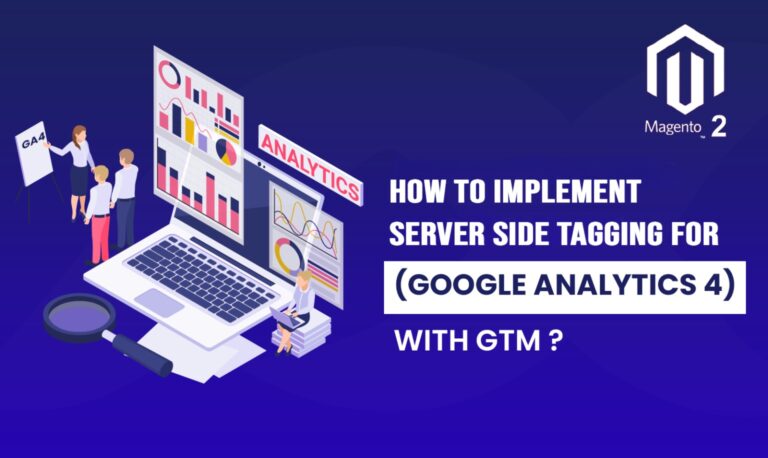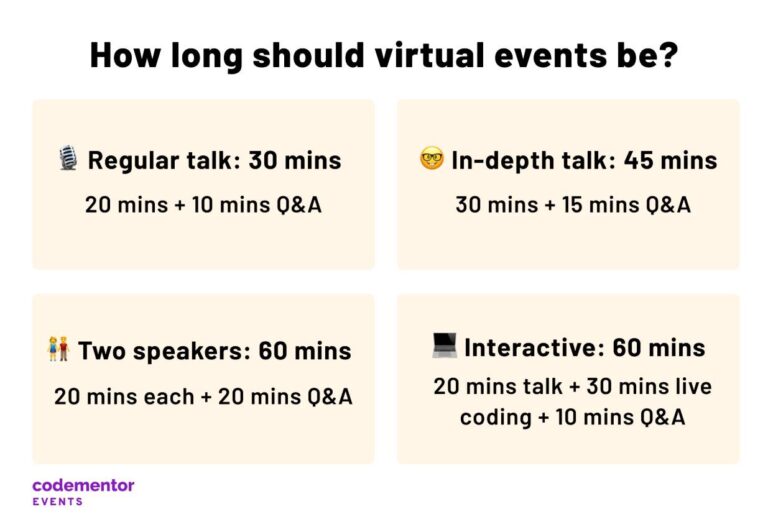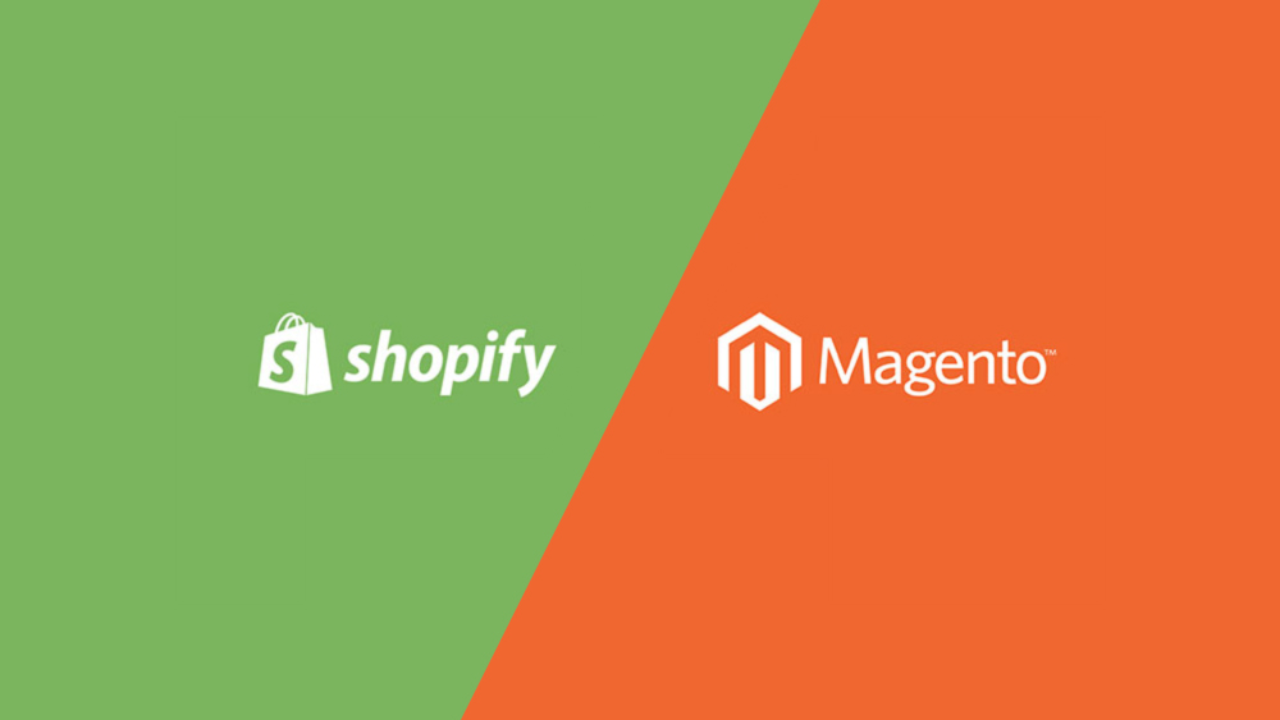
More and more businesses are entering the eCommerce market. Today, having a digital store is an essential and highly valuable parameter. It’s a challenging and resource-intensive idea to build a business from scratch. In essence, companies use specialized platforms that can assist in the launch and growth of their shop. There are well-known leaders which are at the same time competitors. Now, we’ll examine Shopify and Magento 2, two of the top eCommerce platforms. Formerly, both systems introduce the most popular mid-market options, but they provide brands and retailers with very different feature sets and propositions as a result. Currently, Magento focuses more on large-scale businesses, while Shopify targets smaller shops. Despite this, we will analyze the key features and characteristics of both platforms in this article and compare their specifics in depth.

So if you’re wondering: What to pick – Magento 2 or Shopify? This post will assist you in making decisions and deducing conclusions based on your impressions.
Table of contents
Magento 2 vs Shopify Introduction & Overview
A simple tool for creating online stores is Shopify. It is capable of supporting both start-up and high-volume businesses for a monthly fee. Meanwhile, Magento, Like WordPress, is an open-source platform that you can install on your computer for free. Although we’ll go into more detail about these expenses below, you will still have to pay for web hosting ($10 per month), security, and extensions (which are essentially apps). This section will be focused on general information about the systems and their features.
So, since its 2007 debut, Magento has become famous for its scalability, flexibility, and high level of customization. There are two versions of this solution: Magento Open Source and Adobe Commerce.
- Magento Open Source. It is a free and self-hosted platform that allows you to create your store and develop it from scratch.
- Adobe Commerce. For business owners and developers looking for an all-in-one cloud solution to improve the functionality of store websites and increase sales, Magento’s premium paid edition is advised.
Shopify doesn’t stand on the sidelines either. There are two available ways: Shopify and Shopify Plus.
- Shopify. A hosted solution that enables online retailers to personalize their storefronts, make sales and manage and expand their e-commerce operations.
- Shopify Plus. A multi-channel platform that, compared to standard choice, offers a higher level of customization, support, and other helpful features.
Despite the fact that some high-volume brands and retailers are now using Shopify, Magento has long held the title of largest eCommerce platform in the world. Shopify’s mid-market and enterprise customer base are expanding incredibly quickly, despite having a lower proportion in the corporate sector and possibly still having a lower average client size. Magento has a very significant community with a focus on bigger platforms. There is a paid version of the system, but it fits only large businesses that can afford to spend tens of thousands of dollars per month on a website.
Magento is an eCommerce solution for enterprise-level online stores. Teams of Magento developers can use its power to fully customized digital shops that are created from the ground up and can later be expanded to fit your growth strategy.
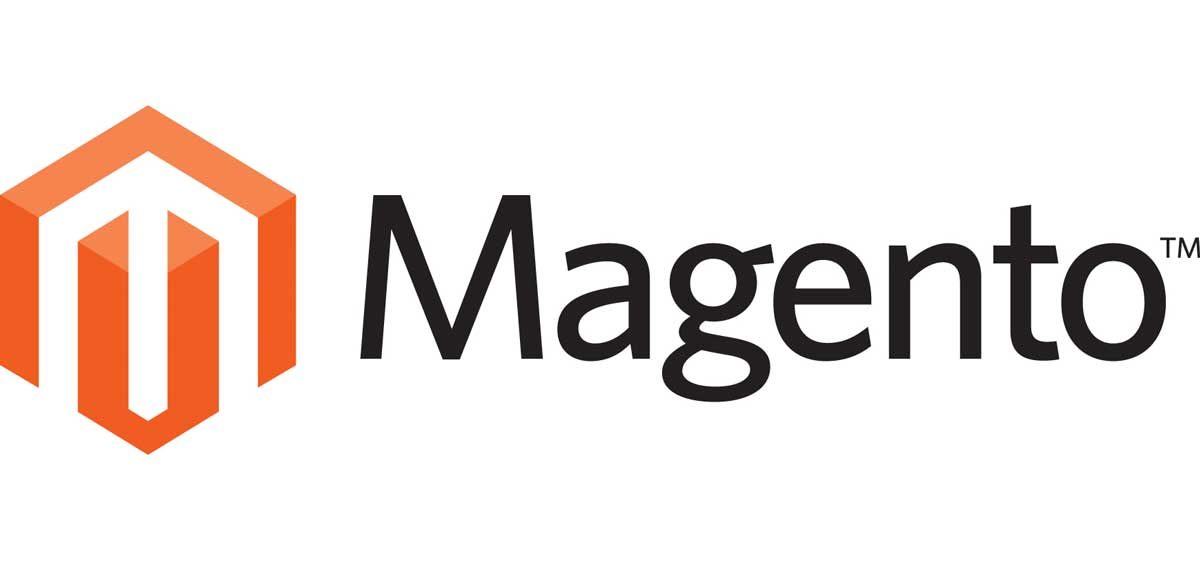
In contrast, Shopify is self-managed. To set up a Shopify shop, you don’t need any specialized knowledge or server-side expertise. As it turns out, the choice is between Ease of use and flexibility in customization.

Premium Magento 2 Features
Below, you can find a list of top features associated with Adobe Commerce. We describe, how to implement them in Open Source and what Shopify analogs are available.
Gift Cards
On your e-commerce website, you can sell physical, digital, or hybrid gift cards and keep track of their issuance. Gift card redeeming lowers the order total in a cart. With this feature, store customers can use cards to reduce the cost of goods. This characteristic appears to be very useful for working with clients. Similarly, with Magento 2 Amasty Gift Card Extension you are able to provide this premium feature for your Open Source store.
Shopify offers the ability to create gift cards as well. You need to go to Products > Gift cards in your Shopify administration to set them up. Gift Card Pro Extension by Gist is a widely used add-on for the platform that serves the same purpose. With the option, you are able to give cards, schedule delivery, and have total creative freedom over them.
Dynamic Blocks
The function enables you to put dynamic units in your online store and manage them the way you want. Incorporate logic-based on price regulations and client groups to create rich, interactive content. Dynamic blocks that already exist can be inserted right into the Page Builder stage. Together with Mirasvit Full Page Cache Warmer for Magento 2, it is possible to take advantage of the feature in your Open Source web store.
However, Shopify has a very complicated implementation of this option. You should have knowledge of coding to add it to your store. One of the plugins that might help you achieve your goal is PageFly Landing Page Builder for Shopify.
Content Staging
With the help of content staging, your business team can quickly develop, preview, and schedule a variety of content updates for your store from the admin. To benefit from this premium feature for your Open Source store, use Sharadice Schedule Modules for Magento 2. A bunch of plugins that set up schedules on multiple elements of the site.
Page Hierarchy
Create a hierarchy for your content pages to further provide organization to your website. With this capability, you can improve the structure and simplify the use of the store. CMS Page Tree Hierarchy Magento 2 Extension helps you utilize this premium attribute to your Open Source store.
Shopify doesn’t stand on the side and offers the same function on a native level. You can get more detailed information here.
Customer Segments
Create categories for consumers based on information such as customer address, shopping cart contents, order history, and many other factors. This option will help you quickly and effortlessly manage your referrals so you can simplify your work for clients. Amasty Customer Segmentation Magento 2 Extension brings the same premium experience to your Open Source platform.
In Shopify, this product is associated with extensions like Segments Analytics by Tresl Inc. It is used to do insights & reports, customer segmentation, and sync across marketing channels.
Email Reminders
Send automated reminders depending on several criteria, such as a customer’s wishlist or shopping cart behavior. You can implement this premium feature available for Adobe Commerce users on your Open source website with the help of the Mirasvit Follow Up Email Extension for Magento 2 or other similar tools.
Wishlist + Share + Reminder by Softpulse Infotech is used for this task on Shopify. You can auto-install reminder emails for wishlist products with the app.
Google Tag Manager
The function allows you an easy way to see eCommerce tracking in Google Analytics. Manage the tags needed to monitor client behavior and carry out outside marketing initiatives. Mirasvit Google Tag Manager and Facebook Pixel for Magento 2 can handle this challenge in your open source site.
Conversely, Shopify gives you this capability in the Plus option. More information is available here. You could just as well use a third-party extension such as Google Tag Manager App by Virk Investments.
Gift Registries
Give your clients the option to set up gift registries for significant occasions and ask friends to view their picks. Achieve this in the open source domain with the Mirasvit Gift Registry for Magento 2. The add-on will help you implement the gift list functionality on your website.
Shopify can leverage such a capability with third-party apps such as Gifted: Online Gift Experience by Gifted. You get digital gifting options, personalized gift emails, etc.
Related Product Rules
Create circumstances that prompt the presentation of related goods, upsells, and cross-sells automatically. Showcase similar product offers on the website to encourage clients to add extra things to their orders. Amasty Automatic Related Products for Magento 2 gives you this opportunity.
On the Shopify platform, you could use the Also Bought – Related products by Code Black Belt add-on for the same purpose. With it, get full customization of items and setup your own rules.
Visual Merchandiser
Establish the order in which your categories’ products appear. Product listings on category pages can be changed to suit your marketing needs. You can exploit this premium feature with Amasty Visual Merchandiser for Magento 2 for your open source site.
Shopify users can take advantage of a third-party extension like Visual Merchandiser by SLTWTR. With it, you get the ability to merchandise collections by dragging and dropping the order of products.
Wishlists
Wishlists on a customer’s account can be managed by a store administrator. The things you buy from a public wishlist don’t disappear. The ability to arrange desired products into wishlists helps customers get a clearer idea of what they need to buy and plan purchases. This premium feature is available by using Amasty Multiple Wishlist Extension for Magento 2.
As for Shopify, this functionality is associated with such instruments as Wishlist Plus by Swym Corporation.
Gift Options
Customers can add gifting choices, such as a personalized message, gift wrapping, a printed greeting card, etc., to the shopping basket. For your open source online store, install the Amasty Gift Card Pro for Magento 2 plugin to enjoy the premium feature.
Shopify has its own option for this capability – Gift Options by Dry works extensions. It allows you to leave a message with gifts, select options, and easily set up.
Order Archiving
Archive orders to enhance performance and maintain a clutter-free admin interface. Amasty Order Archive Magento 2 module is developed to provide some lacking in Magento 2 features. First, the extension permits deleting existing orders or enables the creation of an archive in which orders will be sent manually or automatically.
In Shopify, you have this option natively, and you don’t need to use an additional app.
Order by SKU
Enter SKUs to add items to a shopping basket. A great solution to this issue is to use Amasty Quick Order for Magento 2. You will be capable of increasing your B2B sales and raising repeated purchases.
Returns
RMA enables your clients to send things back for a refund or a replacement. We have a review of an add-on that provides this feature for your open source shop. Mirasvit RMA Extension for Magento 2 is a tool designed to simplify your daily routine related to managing returns and exchanges of goods.
Returns Management System by Spice Gems plugin which is associated with functions in Shopify customers. You get the ability to return multiple products, receive graphical reports and send prepaid shipping labels.
Shopping Assistance
You gain the possibility to make real-time shopping cart modifications by the administrator. Unfortunately, there is no extension that would fully transfer the entire feature. But there are related options that assist you in giving support to customers, e.g. Mirasvit Help Desk MX for Magento 2. With this module, you are able to provide your clients with outstanding support.
Shopify also has counterparts to this add-on like Engage by Swym.
Store Credit
Refund customers and let them use store credits for further purchases. Mirasvit has an outstanding software solution for this feature – Store Credit & Refund for Magento 2. With the extension, you can significantly simplify your daily routine related to Magento management, since the plugin automates store credit activities and refunds to buyers.
Return & Exchange Portal by ReturnGO is an option for Shopify users. With it, you will be able to automate returns management and manage exchanges & store credit.
Customer Attributes Manager
Option to apply additional and extended customer attributes to improve buyer experience. You may use Amasty Customer Attributes for Magento 2 for this purpose. The tool that displays additional attribute fields on the registration page is designed to collect as much information about your customers as you need.
SmartCA: Customer Attribute by Smartify Apps is responsible for these goals on the Shopify platform. Collect extra marketing data, offer a better customizer service, and increase the value of your store with the extension.
Action Logs Report
Get a thorough log of every action your admins take. Amasty has a great version of this feature for you. Admin Actions Log for Magento 2 is an add-on that covers your needs in this area. After installing this module, you will always stay aware of all actions your admin team performs in the backend.
For this issue, Shopify users could use a third-party extension like Logify by Tabgraf.
Scheduled Import/Export
You can not only import/export files but also adjust them for a while. Set a time for your import and export procedures to operate automatically. In this matter, we advise you to use the plugin from the Firebear team. Improved Import & Export for Magento 2 covers all your needs in this matter.
There is no Shopify extension that can accurately schedule imports and exports. Matrixify by ITissible is used for similar purposes.
Support Tools
Your e-commerce system’s problems are encountered using tools like Data Collector and System Report. We have already mentioned a plugin that handles this task. Mirasvit Help Desk MX for Magento 2 offers you various functions with the help of a related open-source store.
Use Engage by Swym to improve your assistance system on the Shopify platform.
Create customized catalogs with specific prices, items, and permissions for each company. Magento has a built-in function that has no analogs among third-party extensions. The exact situation is similar to Shopify.
Company Accounts
B2B clients have the ability to build specialized accounts with distinctive user teams and business structures, give roles and permissions, and manage the company profile. You could utilize such functionality with the Amasty B2B Company Account for Magento 2 extension.
Quick Order
Allow your business partner to add products to a basket by letting them upload a CSV file with the SKU and quantity information. Amasty Quick Order for Magento 2 is a tool that allows merchants to make the order placement procedure much faster by implementing the quick order form on the storefront.
For Shopify also exists a solution to this request as a third-party extension EasyOrder – Order Form for COD by NexusMedia.
Company Credit
Permitting your business partner to buy on your website within their credit limit. Aheadworks B2B Company Credit for Magento 2 – a solution that will help you increase the average order value by allowing your clients to use credit to pay for products and services. Credit can now be added to the checkout’s list of accepted forms of payment thanks to the plugin.
However, Shopify also has its own version of this functionality. FreshCredit – Store Credit by ByteStand brings you all the essential features you need.
Quotes
Useful in this matter is Amasty Request a Quote Magento 2 Extension. The module enables businesses to approach pricing negotiations with customers in the most practical manner. By doing so, you may better comprehend customer needs and satisfy them by setting the most reasonable prices for your goods.
Request a Quote by Globo is a third-party add-on for the Shopify platform that is designed for the exact same purpose
Payment on Account
For this purpose, you could use a plugin from Mirasvit called Extra Payment for Magento 2. A supporting tool that allows you to manage additional payments that may arise when you deal with purchases. Customers can choose a convenient payment method and view additional payments on their account thanks to the widget.
Shopify offers a wide range of payment methods, so there are practically no add-ons for this task.
Requisition Lists
Give your business partners the ability to quickly reorder products by allowing them to manage requisition lists. Customers can create several requisition lists to compile frequently purchased items for use in future orders. You are able to easily do this with the Aheadworks B2B Requisition List for Magento 2 extension.
Magento 2 vs Shopify Features
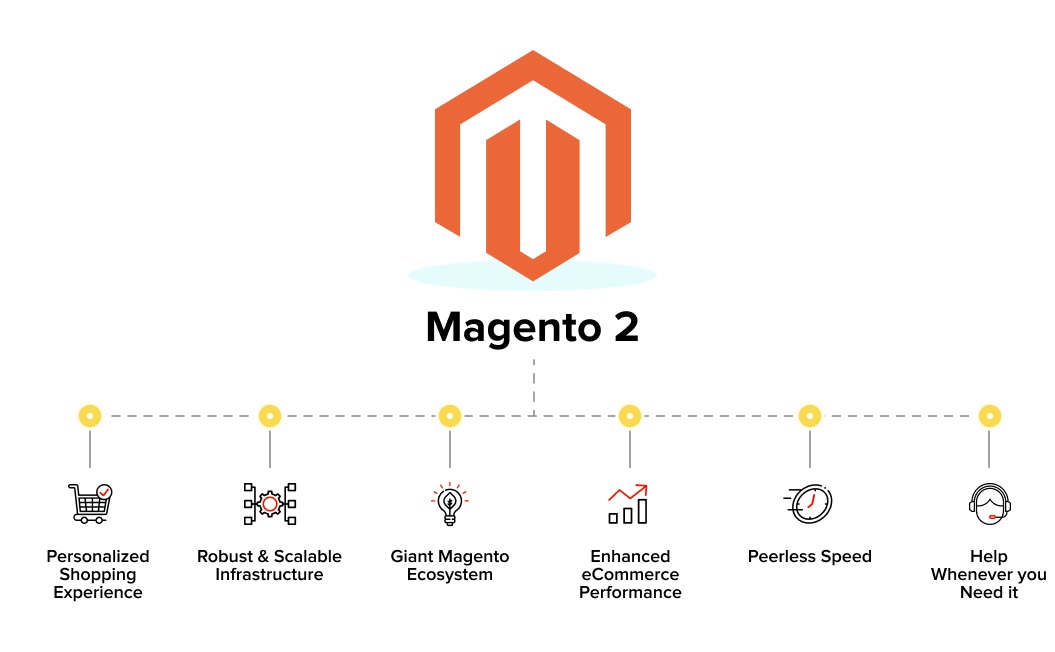
Both platforms have a wide variety of functionality. We will now compare the available characteristics of the systems.
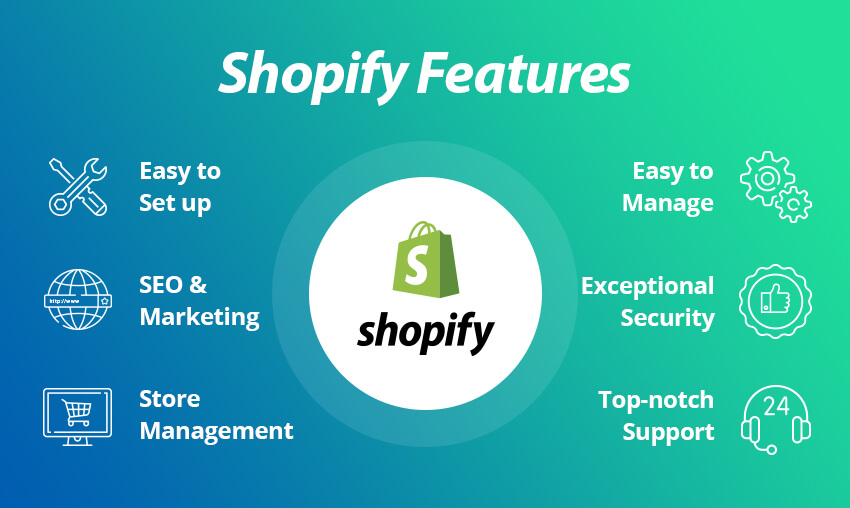
Basic web store functionality
Both platforms provide fundamental shop features that are easy to use and keep up with over time. When compared to Magento, Shopify is much simpler to set up and utilize. The primary distinction is that Magento has significantly more sophisticated and intermediate capabilities included within the solution. With Shopify, more functionality is typically only available through an app.
With the help of third-party connectors, Shopify offers excellent marketing capabilities, including the capacity to manage email campaigns. On Facebook, Instagram, and Pinterest you may sell and advertise directly.
Inventory management
Shopify gives you the ability to display an unlimited number of products in your store. Magento works on the same principle. Item placement and selling are easy on both platforms, but Shopify has direct integration to dropshipping inventory apps like Oberlo, which makes it the leader in this battle.
Another important note is that Magento provides you a conditionally infinite number of products, while your server that hosts your store may start to give up in performance and site loading speed if you add too many items. With Shopify, you do not need to think about this problem because the platform is fully managed and hosted.
Payments
When it comes to accepting payments, Magento Commerce has a wide range of choices, including pre-existing integrations with Braintree, Adyen, Stripe, and the majority of the popular payment gateways.
Shopify in turn has a very ambiguous feature in the form of Shopify Payments. This option is owned and managed by the platform and it’s very competitive in terms of fees. The fact that merchants must have a registered business and a local bank account in whatever nation they wish, to utilize Shopify Payments can be very annoying, despite the fact that it has several advantages for the merchant. You can also not apply this solution in some regions and use different currencies of countries such as France. But if you are able to work with it, it’s incredibly straightforward and uncomplicated. In my opinion, the main disadvantage of Shopify is to focus on its own way of payment, which is not universal for absolutely everyone. The majority of third-party payment gateways are compatible with Shopify, but if the shop uses one, there is an additional processing fee.
SEO
Both platforms offer you useful SEO features to help increase traffic and streamline your store. After launching a shop, you need to do a huge amount of work, and Magento provides a lot of flexibility and greater SEO opportunities because it is a much more open system.
Shopify, in turn, is a more closed solution and does not have the ability to change parameters such as URL structure and hierarchy or implement certain technical SEO components. The platform also lacks multi-store capabilities, which leads to difficulties in working with certain tasks. In terms of technical SEO, we think Shopify Plus is more solid out of the box than Magento, which needs work to avoid some concerns.
You won’t “need” to make significant adjustments as part of the re-platforming project because Magento is actually really powerful for SEO. This is viewed as a crucial advantage for Magento vs Shopify Plus.
Internationalization
Magento offers several excellent capabilities for internationalization. Its significant factor in the platform’s popularity among merchants is its worldwide multi-store design. Shopify doesn’t directly provide full multilingual features. For Shopify, third-party/paid apps are available for building completely international stores. Shopify also gives the option of custom-coding your theme to support many languages. Magento has an edge because it has more multiple support built right in.
Platform Support
Application-level support is provided by both Shopify Plus and Magento Commerce, although at individual levels. Customers of Shopify Plus can contact the service by phone, email, or live chat. Meanwhile, Magento Commerce clients can only contact developer support, which doesn’t have the best reputation. Another option is to work with the Magento Enterprise Consulting Group (ECG), but this has a high cost.
Support is one of Shopify Plus’s key selling points, and it also lowers your agency’s ongoing support expenses. Merchants who pay the $2k per month license charge get access to a 24/7 account management function that can assist with technical problems, general platform inquiries, bug fixes, marketing advice, conversion rate optimization, and pretty much anything else.
Reporting
Magento has one very notable weakness that has been around for a long time. This is a problem in native reporting, even when using third-party modules. The built-in reporting capabilities of Shopify are substantially better. Shopify has a far prettier and clearer reporting interface, covers all of the essential metrics, and has a fairly solid API to enable this, even though it doesn’t cover everything. RJMetrics (now known as Magento BI), which is a fairly potent solution that greatly benefits retailers, was owned by Magento a few years ago. In essence, Magento BI is a data warehouse that also allows for the powerful importation of data from various sources and systems.
The community has historically been near without a doubt Magento’s major selling feature. Thousands of knowledgeable, experienced Magento developers are still available to assist you to create and operating Magento stores at all levels. Although many developers are already moving to other platforms for new and innovative technologies choosing Shopify, Shopware, CommerceTools, or just different technical approaches. This community has really helped Magento advance, with many of the platform’s essential components emerging from initiatives. This is simply lacking from other platforms like Shopify.
The network of partners for Shopify is also becoming increasingly strong. The platform’s numbers are growing at a breakneck speed. Numerous reliable partners have constructed numerous Plus stores in the UK, and a number of long-standing Magento businesses have begun to provide Shopify Plus development services. The developer community and user base for Shopify are expanding really quickly. Shopify is continually opening up its platform and adding new APIs, thus this will also help them advance this.
Promotions / discounts
A built-in promotions engine in Magento is frequently criticized by users and enhanced either through customization or by a module or extension. Numerous standard discounts and promotions are supported by the promotions engine, which is still pretty complete. Promotions and discounts can be used in conjunction with other essential Magento features like customer groups, content scheduling, and customer segmentation. The two forms of promotions that Magento permits in this area are catalog pricing rules and cart price rules.
However Shopify Plus has less sophisticated native support for marketing. In general, Shopify has a good system. You can achieve things like requirements around tiered pricing, advanced ‘free gift’ promotions, customer-specific promotions and advanced shipping fee logic.
In this area, Magento is more capable and robust, but Shopify is not far behind.
Magento 2 vs Shopify Customizations
By installing a theme, you can alter the appearance of your website on Shopify or Magento. Themes are available on both platforms’ marketplaces, but you can also purchase them from other websites.
On the frontend side, Shopify has many different and completely customizable themes to choose from. Also, themes from the platform are very easy to use. You can add your content and customize products to get started right away. The fact that Shopify’s themes are mobile-friendly is another fantastic feature of the platform from a design point of view. Shopify offers 10 free and 64 premium themes, which cost between $140 and $180 each.
On the bright side, Shopify provides a ton of customization choices if you have the money, such as the ability to alter your color scheme, add additional pages to your website, remove and resize items, and more. Furthermore, you can include social media widgets on your page. Although there are a few free themes available, most of Shopify’s alternatives require payment, which is a drawback.
Magento, on the other end, has a much smaller selection of themes. There are a total of 16 themes, and you can choose between free and premium versions of each. 10 of the themes are mobile responsive, allowing your site to automatically adjust to fit any device.
Magento also enables you to update designs and integrate your own themes from the backend of your online store. However, compared to Shopify or even Shopify Plus, this calls for a lot more programming expertise. On the positive side, Magento also offers a ton of fantastic customization options, such as the choice to incorporate animations or add product sliders to your home page. You can incorporate newsletter functionality into the bottom of your website.
In our opinion, Shopify wins on this point if you’re looking for a wide selection of themes to choose from.
Magento 2 vs Shopify Security
Security is essential when operating an internet business. In actuality, thousands of websites are hacked every day. You must make sure that the top security plugins and upgrades are being used on your website if you really want to prevent weak spots on your site.
Magento allows you the freedom to make your own security improvements to the website. Since Magento’s security is strong and tight, you must take a more hands-on approach to rigorously adhere to PCI compliance on your own. To keep you safe, Magento constantly distributes fixes and updates. Additionally, you can quickly add Magento 2 security extensions to fully protect your important data.
Because Shopify is Level 1 PCI DSS compliant and includes SSL encryption, your website is instantly protected. Additionally, this platform provides outstanding assistance to e-commerce companies in handling sensitive customer data with care during the course of a customer’s visit to a store website.
Magento 2 vs Shopify Extensions
It’s crucial to expand the functionality of your online store, especially if the platform’s default features are inadequate for your e-commerce needs. Both Magento 2 and Shopify have a well-established ecosystem when it comes to third-party extensions and apps. The biggest advantages of Shopify are its app store and ecosystem of technology partners. Additionally, the business has a significant number of specialist app companies with a focus on Shopify which is advancing one of the system’s key features.
Extensions have always been a significant component of the Magento ecosystem because it has always been open-source. Just about 3,000 extensions are already available for Magento 2. Shopify now offers more. But it’s not that important. You only get additional rival extensions that differ significantly from one another but share the same primary feature.
However, Shopify makes the process of installing extensions considerably simpler and is typically a little less expensive. That’s why we consider it a slightly better option in this area.
Magento 2 vs Shopify Hosting
Magento offers 2 options: ‘Magento Commerce Cloud’, which consists of hosting provided by Magento, and ‘Magento Commerce’, where retailers select and collaborate with their own hosting partner. As we said already, the main distinction between the two is that Magento is a self-hosted platform, whereas Shopify is a hosted platform. All of your concerns are taken care of for you by a system like Shopify.
Shopify gives you the opportunity to run your shop with help in hosting. Its costs are included in the $2,000 per month fee and you won’t have to worry about issues like downtime, SSL certificates, PCI compliance, or security patches.
Similar to Shopify’s offering, Magento offers a hosting package of its own. They refer to this option as ‘Magento Commerce Cloud’. This solution would be around $3,333 for both hosting and license combined.
In addition, Magento has a second option for hosting – ‘Magento Commerce’. It consists of using third-party hosting. The company will then send you a separate invoice, typically each month. An average Magento Commerce retailer might anticipate paying a monthly fee of $1,000. For small to medium-sized retailers, the overall cost of using Magento Commerce and self-hosting is typically comparable to that of using Magento Commerce Cloud.
Magento 2 vs Shopify Pricing
We compare the costs of launching and managing a store in this section. The primary distinction between the two is that Magento is a self-hosted platform, whereas Shopify is a hosted platform. All of your hosting concerns are taken care of for you by a hosted platform like Shopify. With no additional work or cost on your part, all hosting expenses are covered by your monthly plan. While Magento is available as a free download, other costs, such as web hosting, security, extensions, and your domain, must be covered.
Shopify does not require any startup fees. At the same time, the solution has fixed monthly prices and three main price plans to choose from.
- Shopify Basic ($29/month)
- Shopify ($79/month)
- Advanced Shopify ($299/month)
With Magento, you’ll need to supply your own hosting, which is available for prices that range from $5 to hundreds of dollars per month. The true cost of your Magento online store will vary greatly depending on the web development company that created the extensions and themes, which can cost thousands of dollars each.
Conclusions
We have compared the main points of the platforms in detail. Each system has its own advantages and drawbacks that affect one or another area of work. According to our post, you can decide for yourself which solution to use and what is better for you.
Let’s take a look at the Pros and Cons of each option.
Shopify Pros
- There are many gorgeous responsive store themes available.
- You do not need to have professional coding skills.
- It is simpler to use Its user-friendly interface is famed for being particularly good.
- A sizable and devoted fanbase.
- Pretty good customer service.
Shopify Cons
- Integrating apps into your store makes it more complex.
- Every transaction is subject to a fee (unless you use Shopify payments)
- Most themes have an associated cost.
- Shopify offers you less robust SEO features.
Magento Pros
- Fantastic community with a ton of user support.
- Good selection of themes.
- Magento Commerce does not require extensive coding experience.
- Open source and cost-free
- Magento 2 extensions
- Numerous customization options on a flexible platform
Magento Cons
- Quite challenging for beginners.
- Needs a lot of preparation time.
- There are many expenses involved in opening your store.
- You don’t have 24/7 dedicated support (such as is available in Shopify).


